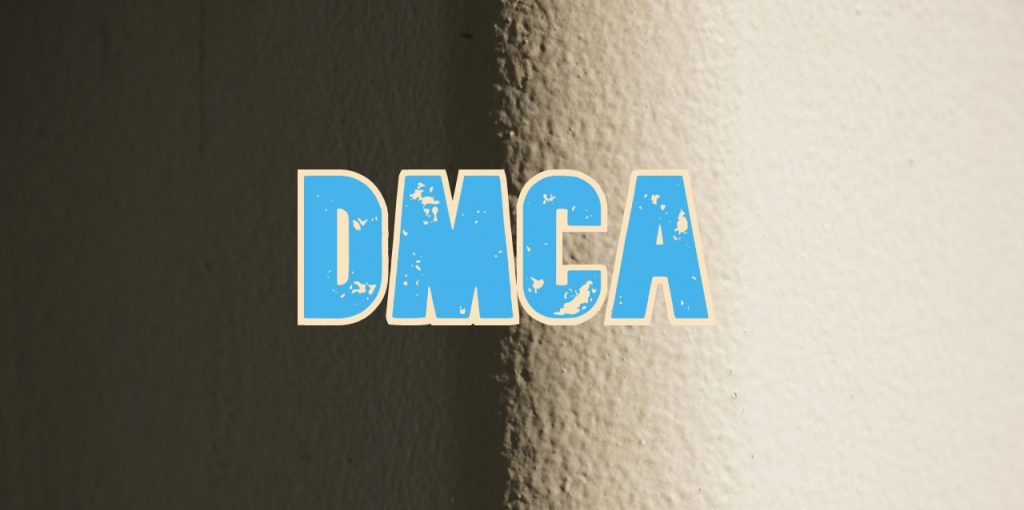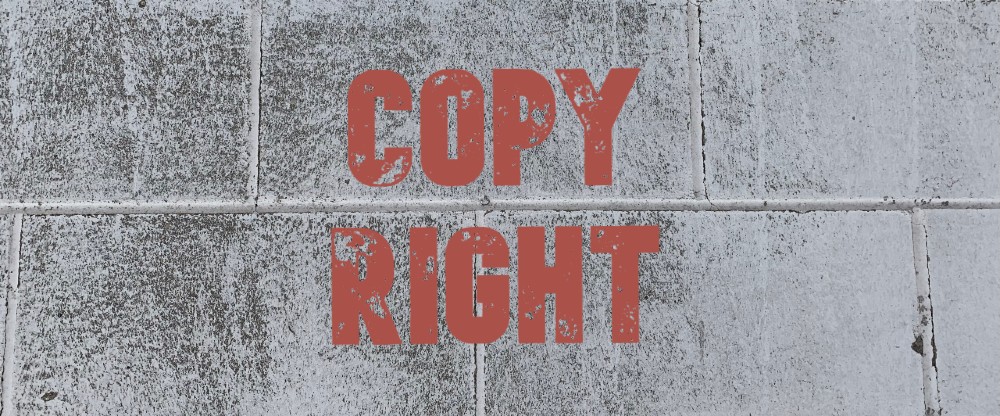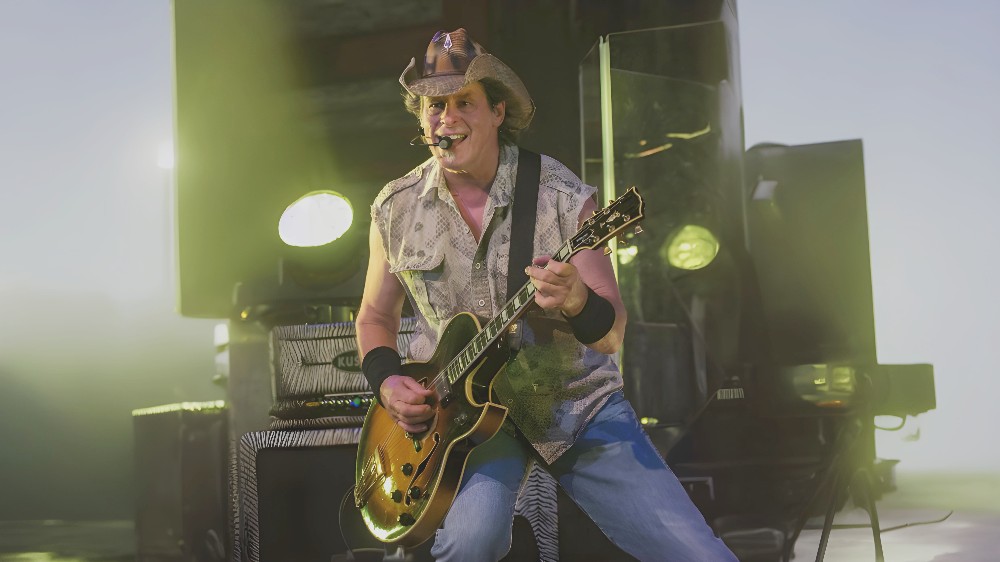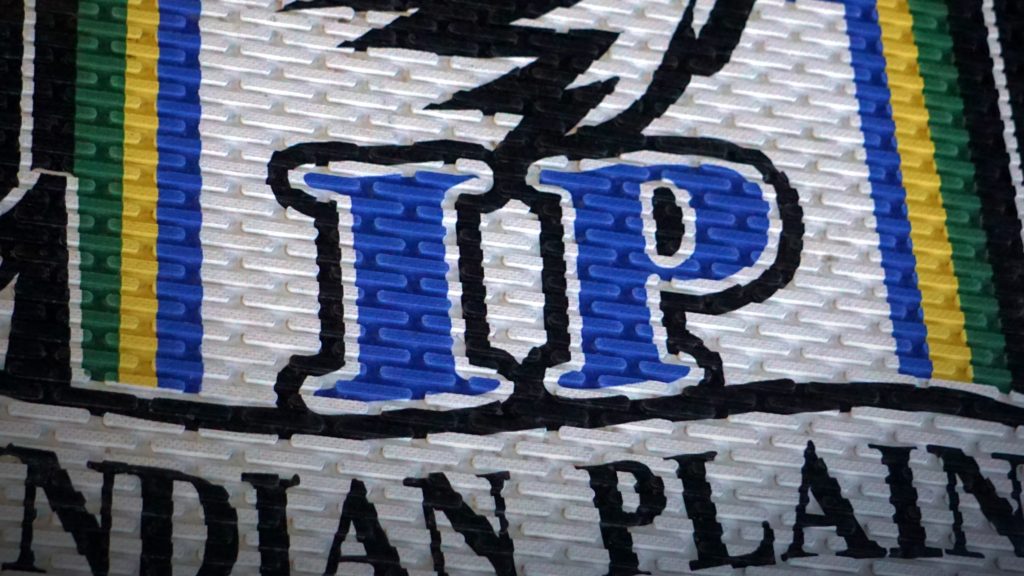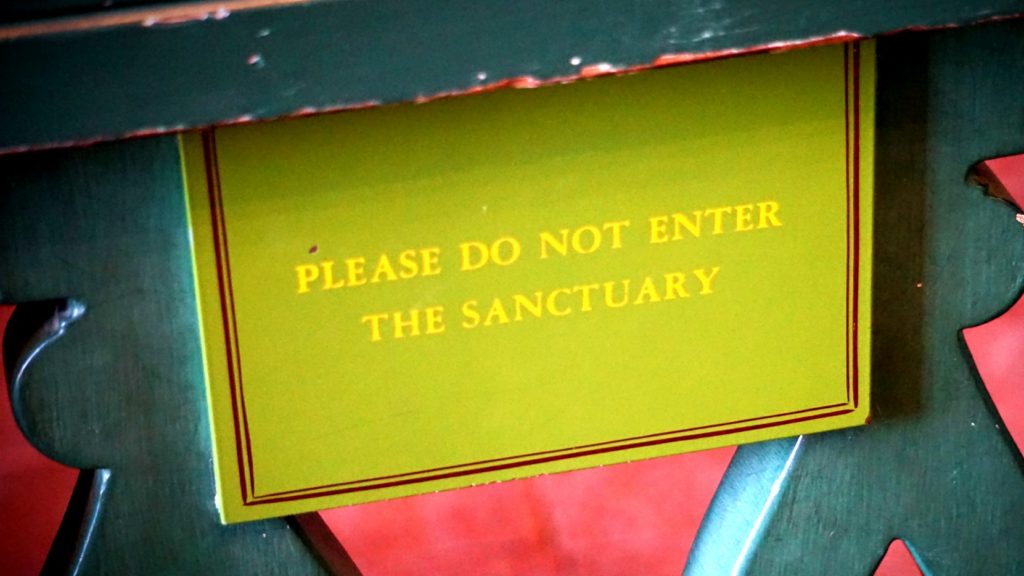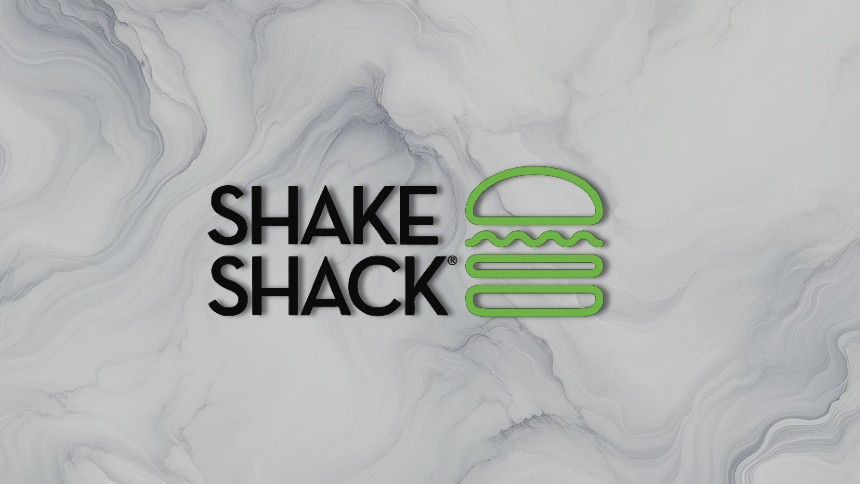
Plaintiffs sued X for copyright infringement arising from X’s users uploading tweets that contained copyright-protected music. Plaintiffs accused X of “trying to generate the kind of revenue that one would expect as a lawful purveyor of music and other media, without incurring the cost of actually paying for the licenses.” For example, plaintiffs highlighted a feature within the X platform whereby one could seek out tweets that include audiovisual media. And they pointed out infringing content surrounded by “promoted” content on the platform that generated revenue for X. The parties disputed the extent to which X actively encouraged infringing conduct. Plaintiffs sent many DMCA takedown notices to X but complained that the company took too long to respond to those notices. And plaintiffs asserted that X did not have an appropriate procedure in place to terminate users engaged in repeated acts of copyright infringement.
The complaint alleged three counts – direct, contributory and vicarious infringement. X moved to dismiss the complaint for failure to state a claim. The court granted the motion for the most part, except as to certain practices concerning contributory liability, namely, being more lenient to verified users, failing to act quickly concerning DMCA takedown notices, and failing to take steps to in response to severe serial infringers.
No direct infringement liability
The court found that plaintiffs had not successfully alleged direct infringement liability because their claims did not align with the required notion of “transmission” as defined in the Copyright Act and interpreted in the Supreme Court case of American Broadcasting Companies, Inc. v. Aereo, Inc., 573 US 431 (2014). The court distinguished X’s actions from the defendant in the Aereo case by noting that X merely provided the platform for third-party transmissions, rather than actively participating in the transmission of copyrighted material. Therefore, the court concluded that X’s role was more akin to a passive carrier, similar to a telegraph system or telephone company, making its actions more suitable for consideration under theories of secondary liability rather than direct infringement.
Some possible contributory liability
The court found that certain portions of plaintiffs’ claims for contributory infringement liability survived because they plausibly alleged that X engaged in actions that could materially contribute to infringement on the X platform. These actions included failing to promptly respond to valid takedown notices, allowing users to pay for less stringent copyright policy enforcement, and not taking meaningful steps against severe serial infringers. Consequently, the court dismissed the broader claim of general liability across the X platform but allowed the plaintiffs to proceed with their claims related to these specific practices.
No vicarious liability
Finally, the court determined that plaintiffs had not successfully pled vicarious liability for copyright infringement because their allegations did not establish that X had the requisite level of control over the infringing activities on X. The court found that simply providing a service that users might exploit for infringement did not equate to the direct control or supervisory capacity typically required for vicarious liability, as seen in traditional employer-employee or principal-agent relationships. Consequently, the court rejected the application of vicarious liability in this context, emphasizing that contributory infringement, rather than vicarious liability, was the more appropriate legal framework for the plaintiffs’ claims.
Concord Music Group, Inc. v. X Corp., 2024 WL 945325 (M.D. Tenn. March 5, 2024)
See also:


